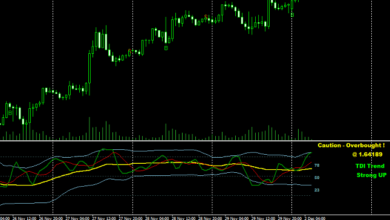
A Fantasy Football Trade Value Chart is an essential tool for managers looking to assess the worth of players when making trades in their fantasy football league. This chart helps you evaluate whether a trade offer is fair by assigning a numerical value to each player based on their projected performance, position, and other factors like injuries or upcoming matchups.
Table of Contents
ToggleWhat is a Fantasy Football Trade Value Chart?
A Fantasy Football Trade Value Chart assigns values to players based on their current fantasy football potential. The values are calculated using a variety of metrics, including:
- Player performance: Past and projected stats for the season.
- Position scarcity: How valuable a player is compared to others at their position.
- Team context: The quality of the player’s team and the opportunities they have to score.
- Injuries and bye weeks: How injuries or scheduled off-weeks might impact their short-term value.
How to Use a Trade Value Chart
Using a trade value chart is straightforward:
- Identify Players in the Trade: List all players involved in the trade, including those you’re offering and those you’re receiving.
- Compare Values: Look up each player’s value on the chart. Add up the total value of the players you’re offering and compare it to the total value of the players you’re receiving.
- Assess the Trade: If the value of the players you’re receiving is higher than those you’re giving up, the trade is in your favor. If it’s lower, you might want to reconsider.
Sample Trade Value Chart
Below is an example of what a simplified trade value chart might look like for various player positions:
| Player | Position | Value |
|---|---|---|
| Christian McCaffrey | RB | 95 |
| Justin Jefferson | WR | 90 |
| Patrick Mahomes | QB | 85 |
| Travis Kelce | TE | 80 |
| Derrick Henry | RB | 75 |
| Cooper Kupp | WR | 70 |
| Jalen Hurts | QB | 68 |
| Josh Allen | QB | 65 |
| Davante Adams | WR | 63 |
| Austin Ekeler | RB | 60 |
Making a Trade
Let’s say you’re offered a trade where you give up Travis Kelce (80) and receive Austin Ekeler (60) and Cooper Kupp (70). Using the chart:
- Total value of players you’re giving up: 80 (Kelce)
- Total value of players you’re receiving: 130 (Ekeler + Kupp)
In this example, the trade appears to be in your favor, as you’re receiving more value in return than you’re giving up.
Things to Consider
- Positional Needs: Even if a trade looks good on paper, it might not be the right move if it leaves you weak at a particular position.
- League Scoring: The values in trade charts are typically based on standard or PPR (points per reception) scoring. Adjust the values according to your league’s scoring system.
- Trade Context: Consider factors like upcoming matchups, team byes, and player health. A player with a higher value might not help you if they’re out for several weeks.
Conclusion
A Fantasy Football Trade Value Chart is a valuable resource for making informed decisions and ensuring you get the best deal possible. By comparing player values, you can make trades that strengthen your team and improve your chances of winning the league. Always consider the context of your team needs and league settings to make the best possible trades.





